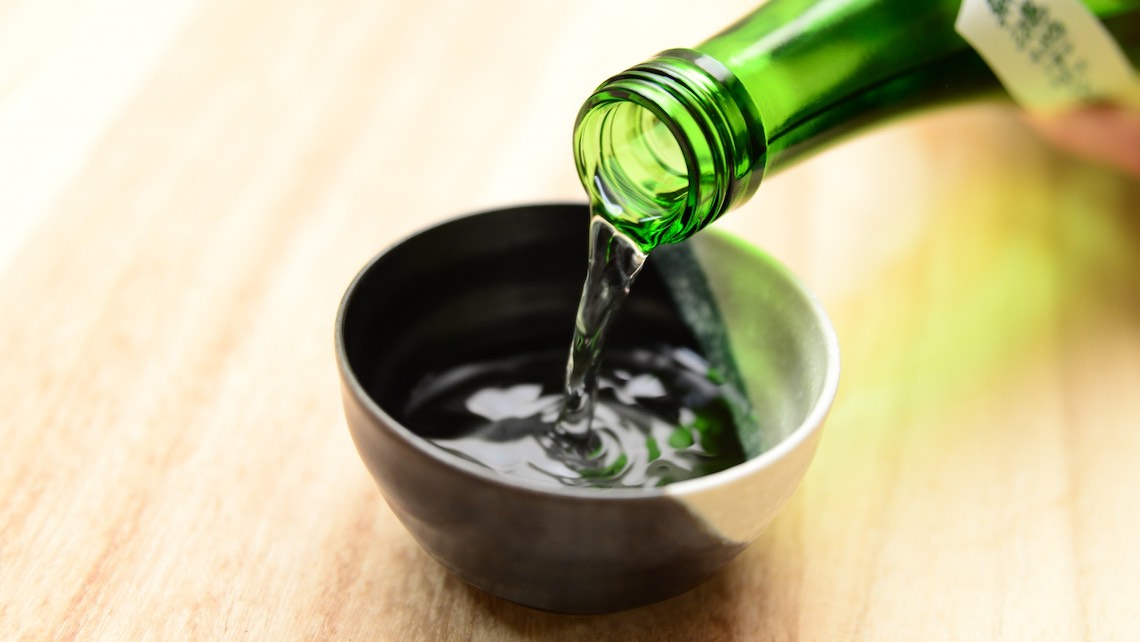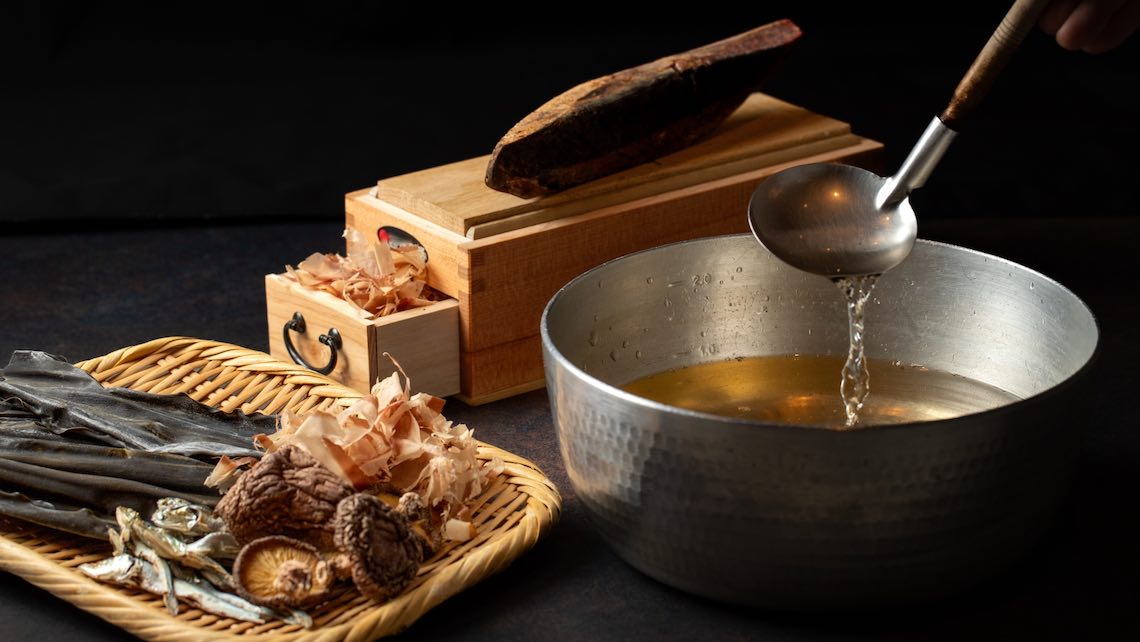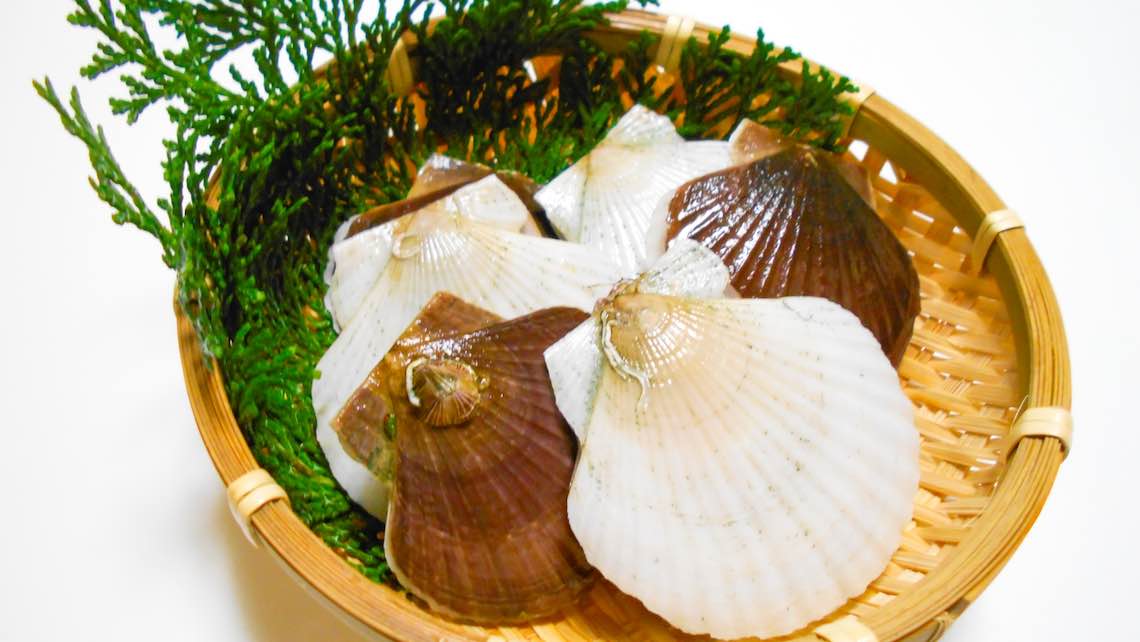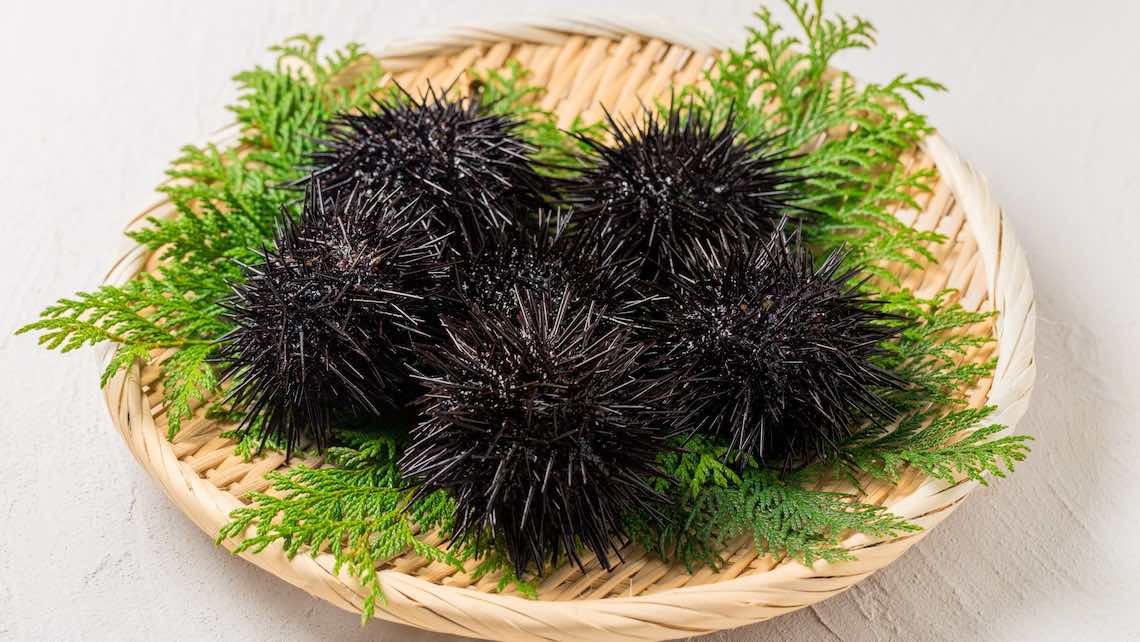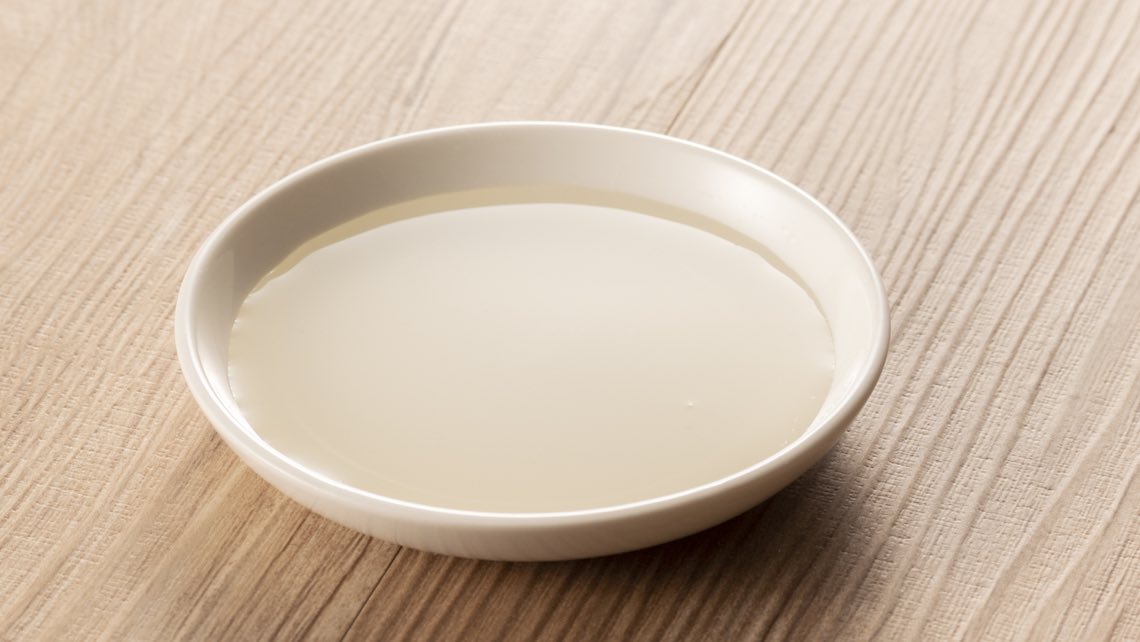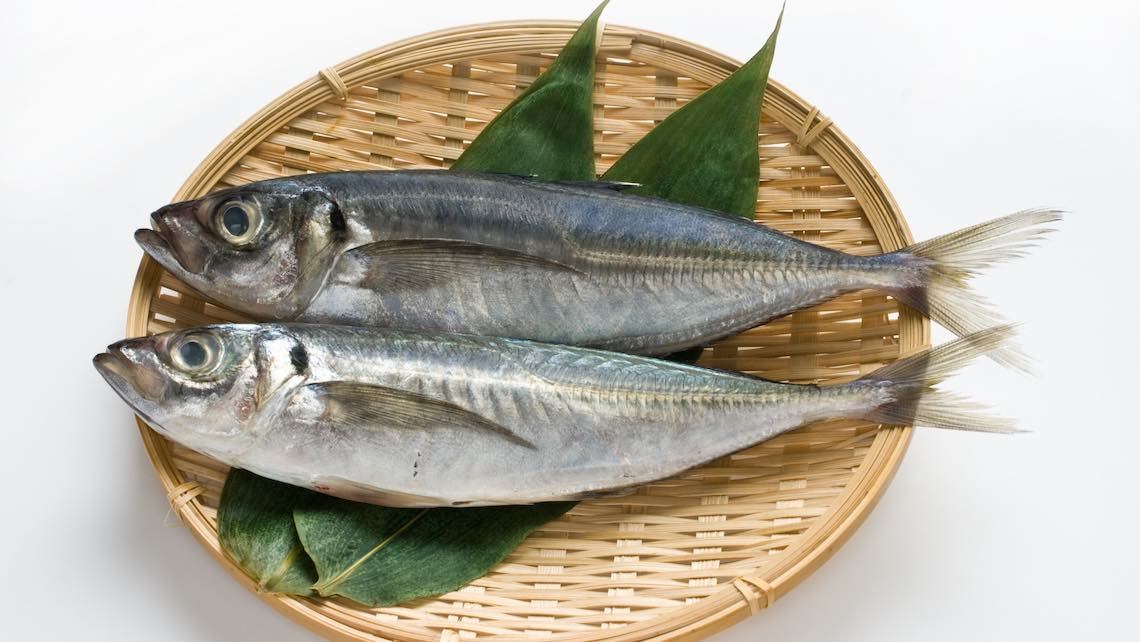Eggs [Tamago]

Japanese Name and Pronunciation:

[tamago]
Japanese eggs are highly regarded for their freshness and quality, contributing to the distinctive characteristics of Japanese cuisine. Eggs bring richness and depth to Japanese dishes, making them an integral part of the country’s culinary traditions.
Safe for Raw Consumption
Japanese eggs are renowned for their exceptional cleanliness and stringent quality control, enabling them to be consumed raw with confidence. Through thorough washing processes, any potential contaminants or bacteria are effectively removed from the eggshells. Moreover, advanced quality management systems, including regular inspections and monitoring, are implemented throughout the entire production chain. These measures ensure that Japanese eggs meet rigorous safety standards and remain free from harmful pathogens.
The commitment to hygiene and quality control in the Japanese egg industry is a reflection of the country’s dedication to ensuring food safety. As a result, consumers can have confidence in the safety and reliability of Japanese eggs, even when consuming them raw, such as in dishes like raw egg dipping sauce for sukiyaki or tamago kake gohan (raw egg over rice).
Two Main Types of Eggs
Chicken Eggs
Chicken eggs are the most commonly used eggs in Japanese cuisine. They are larger in size compared to quail eggs and are widely available. Chicken eggs have a versatile flavor and are used in various dishes, both cooked and raw. They are known for their rich and creamy yolk, which adds depth and richness to dishes like tamago-yaki (rolled omelette), oyakodon (chicken and egg rice bowl), and even in desserts like custards and puddings.
Quail Eggs
Quail eggs are smaller and have a distinct flavor compared to chicken eggs. They are often considered a delicacy and are used as decorative and flavorful additions to dishes. Quail eggs have a delicate texture and a slightly gamey taste. They are commonly enjoyed boiled or pickled and served as appetizers or toppings for salads. Due to their small size, they are also favored for bento boxes and decorative presentations.
Essential Ingredients in Japanese Cuisine
Japanese eggs play a crucial role in Japanese cuisine, contributing to both the flavor and presentation of dishes. They are widely used in various forms and have specific applications in traditional Japanese cooking.
One iconic dish that features eggs is Tamago-yaki, a rolled omelette. It is made by whisking eggs with soy sauce, sugar, and sometimes dashi (Japanese broth), then rolling the cooked egg into a delicate, layered form.
Eggs are also prominently featured in sushi. Tamago sushi, or egg sushi, consists of a sweetened, layered omelette placed on top of a small mound of vinegared rice. It provides a contrast of flavors and textures with the sushi rice and other toppings.
In the popular dish known as oyakodon, meaning “parent and child rice bowl,” eggs are a key ingredient. It involves simmering chicken and onions in a flavorful broth, then adding beaten eggs to create a silky, custard-like texture. This comforting dish is served over a bowl of steamed rice, with the eggs imparting a rich and creamy quality.
Eggs are also utilized in Japanese cuisine for their binding and coating properties. They are commonly used as a tempura batter, creating a light and crispy outer layer when fried. In stir-fries, eggs are often added to create a luscious sauce that coats the ingredients, enhancing their flavors and textures.
![Egg Omelet Sushi [Tamago]](https://itadakimasu-japan.com/wp-content/uploads/2023/07/tamago_sushi-320x180.jpeg)
![Chicken and Egg Rice Bowl [Oyakodon]](https://itadakimasu-japan.com/wp-content/uploads/2023/07/oyakodon-320x180.jpg)
![Pork Cutlet Rice Bowl [Katsudon]](https://itadakimasu-japan.com/wp-content/uploads/2023/06/katsudon-320x180.jpg)


